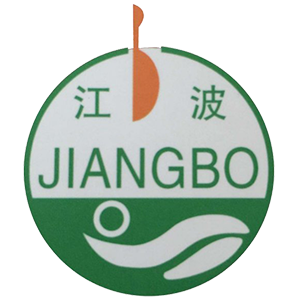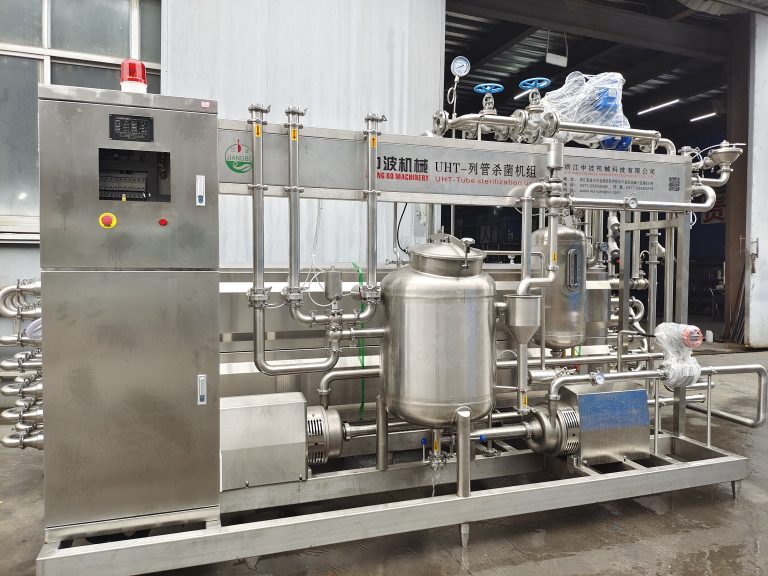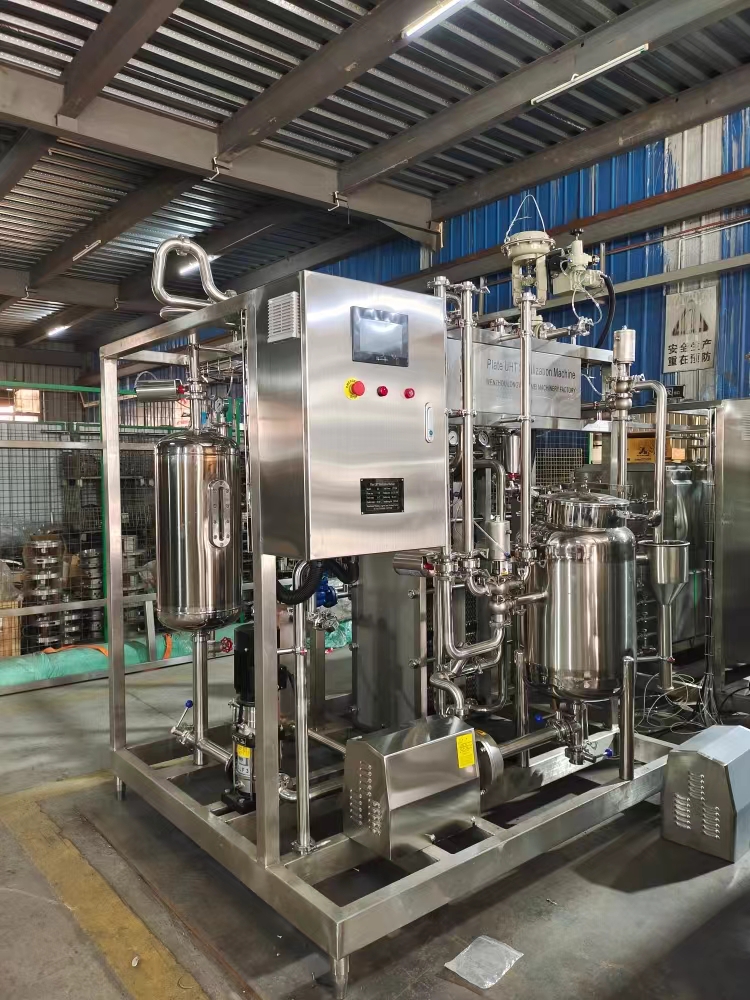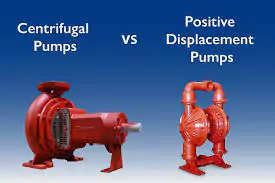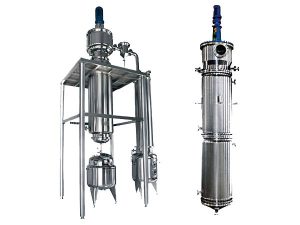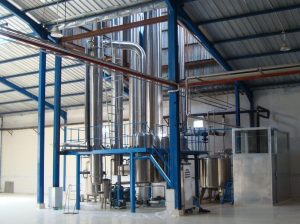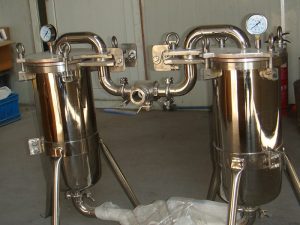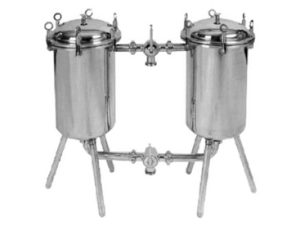When selecting a pump for a particular application, understanding the difference between centrifugal and positive displacement pumps is crucial. Each type of pump has its own advantages and ideal use cases.
In this article, we will explore the 7 key differences between these two pump types to help you make the right choice for your needs.
Centrifugal Pump vs Positive Displacement: 2 Common Types of Pump
Centrifugal pumps and positive displacement pumps are two of the most widely used pumps in various industries.
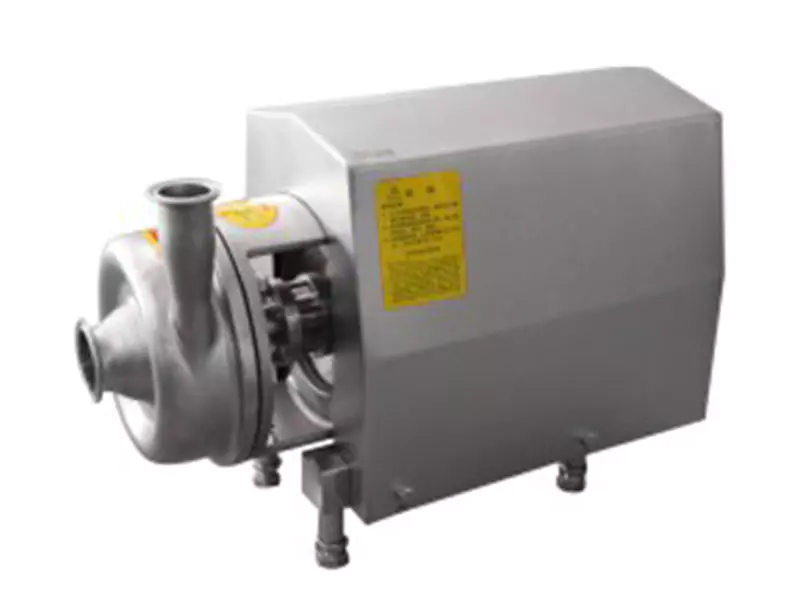
-
Centrifugal pumps operate by transferring kinetic energy from a rotating impeller to a liquid. The spinning motion of the impeller accelerates the fluid and moves it toward the discharge pipe.
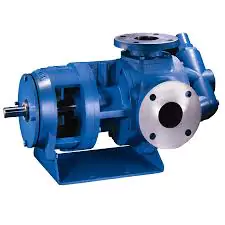
-
Positive displacement pumps, on the other hand, trap a fixed amount of fluid and force it from the inlet to the discharge port. These pumps work through mechanical actions such as reciprocating or rotating mechanisms.
Each of these pumps operates on distinct principles, making them suitable for different applications.
Importance of Choosing the Right Pump for Specific Applications
Choosing the right pump type is crucial to ensure efficiency, durability, and reliability in your processes. The wrong pump can lead to inefficiencies, higher maintenance costs, or even failure of critical systems. The decision is influenced by factors like the type of fluid being transferred, required flow rate, pressure conditions, and the nature of the application.
Centrifugal Pump vs Positive Displacement: 7 Key Differences
Let’s break down the key differences between centrifugal pumps and positive displacement pumps, focusing on working principles, fluid types, performance, viscosity handling, and more.
| Aspect | Centrifugal Pumps | Positive Displacement Pumps |
|---|---|---|
| Working Principle | Converts rotational kinetic energy into fluid motion. | Traps and forces a fixed volume of fluid into the discharge pipe. |
| Types of Fluids Transferred | Best for low-viscosity fluids (e.g., water, light oils). | Ideal for high-viscosity fluids (e.g., slurries, oils, pastes). |
| Pump Performance | Flow rate decreases as pressure increases. | Flow rate remains constant, regardless of pressure changes. |
| Viscosity Handling | Flow rate decreases as viscosity increases. | Handles high-viscosity fluids effectively. |
| Shearing Effects | Can cause significant shearing of shear-sensitive materials. | Minimal shear, ideal for shear-sensitive materials. |
| Applications | Suitable for high flow rates at low pressures (e.g., water supply, cooling). | Best for high-pressure or high-viscosity applications (e.g., oil, food processing). |
| Suction Capabilities | Cannot create suction lift; requires priming. | Can create suction lift; self-priming. |
Working Principles
The way these pumps function is the first major difference.
-
Centrifugal Pumps: These pumps move fluid by converting rotational kinetic energy into the energy of motion in the liquid. The impeller’s spinning motion generates velocity, which pushes the fluid out of the pump.
-
Positive Displacement Pumps: These pumps work by trapping a fixed volume of fluid and forcing it into the discharge pipe. This is done either through a reciprocating motion (in diaphragm or piston pumps) or rotary motion (in gear or screw pumps).
Types of Fluids Transferred
Different types of pumps are better suited to specific kinds of fluids:
-
Centrifugal Pumps: Best for low-viscosity fluids, such as water, light oils, and chemicals. They can handle large volumes of fluid at relatively low pressure.
-
Positive Displacement Pumps: These are ideal for transferring high-viscosity fluids such as slurries, oils, thick pastes, or liquids containing high levels of solids. They can also effectively handle shear-sensitive fluids due to their slower operating speeds.
Pump Performance Comparison
Performance varies significantly between centrifugal and positive displacement pumps.
-
Centrifugal Pumps: The flow rate of a centrifugal pump depends on the pressure within the system. As system pressure increases, the flow rate tends to decrease. These pumps are more suited for applications where a high flow rate is required under relatively low-pressure conditions.
-
Positive Displacement Pumps: These pumps maintain a constant flow rate, regardless of pressure changes. They are better suited for situations where a fixed volume of fluid must be delivered under varying pressure conditions.
Viscosity Handling
One of the main distinctions between centrifugal and positive displacement pumps is their ability to handle liquids of varying viscosities.
-
Centrifugal Pumps: The flow rate of centrifugal pumps tends to decrease as the viscosity of the fluid increases. Higher viscosity liquids create more frictional losses, reducing the pump’s efficiency.
-
Positive Displacement Pumps: These pumps are capable of handling high-viscosity fluids effectively. The fixed volume of fluid being moved by the pump is less affected by viscosity, making them ideal for thick liquids or slurries.
Shearing Effects
Shearing refers to the mechanical forces that can break down or change the composition of the fluid being pumped.
-
Centrifugal Pumps: Due to the high-speed impeller action, centrifugal pumps can cause significant shearing in certain fluids, which is undesirable for shear-sensitive materials such as delicate foodstuffs or pharmaceuticals.
-
Positive Displacement Pumps: These pumps typically operate at lower speeds and have less internal velocity, resulting in minimal shear. This makes them more suitable for pumping shear-sensitive materials without damaging their structure.
Application
Both centrifugal and positive displacement pumps are used in a wide variety of industries, but their applications differ:
-
Centrifugal Pumps: These pumps are commonly used in applications where high flow rates are needed at lower pressures. Typical uses include water supply, cooling systems, petrochemical transfer, and irrigation.
-
Positive Displacement Pumps: These are the go-to choice for high-pressure applications or when dealing with high-viscosity liquids. They are widely used in industries such as oil and gas, food processing, and wastewater management.
Suction Capabilities
Suction lift is an important consideration in pump performance.
-
Centrifugal Pumps: Standard centrifugal pumps cannot create suction lift. This means they require a flooded suction or a priming system to operate effectively.
-
Positive Displacement Pumps: These pumps are capable of creating a vacuum on the inlet side, which means they can generate suction lift. This makes them suitable for applications where a self-priming capability is required.
Choosing The Quality Pumps From Zhongbo

Zhongbo‘s centrifugal pump is made from high-quality stainless steel (AISI 316L and AISI 304) with a hygienic design. It features a single mechanical seal (carbon stationary part and silicon carbide rotary part) with EPDM gaskets, and an optional double seal for easier spare parts management. The pump is durable, efficient, and suitable for continuous use in industries like food and pharmaceuticals. It also includes a duplex filter made of SUS304 stainless steel for effective impurity removal, ensuring long-term, uninterrupted production.
Zhongbo Centrifugal Pump Key Features
| Feature | Description |
|---|---|
| Casing Material | Cold-formed stainless steel casing (AISI 316L for product contact, AISI 304 for other parts) |
| Impeller and Shaft | Stainless steel |
| Mechanical Seal | Single balanced mechanical seal (Carbon stationary part, Silicon carbide rotary part, EPDM gaskets) |
| Seal Options | Option to upgrade to a double mechanical seal with identical seals |
| Motor | IEC standard compliant, protected by stainless steel shroud, adjustable hygienic legs |
| Duplex Filter Material | High-quality SUS304 stainless steel, polished to 0.4μm internal and external surface |
| Filter Function | Purifies solid impurities in liquids, suitable for long-term continuous production |
| Pressure Meter and Exhaust Valve | Equipped on top of duplex filter |
Conclusion
In summary, choosing between a centrifugal pump vs positive displacement pump depends largely on the specific needs of your application. Centrifugal pumps are ideal for low-pressure, high-flow situations and for transferring low-viscosity fluids. On the other hand, positive displacement pumps excel in high-pressure applications, especially when handling high-viscosity liquids or shear-sensitive fluids. By understanding these key differences, you can select the most appropriate pump for your needs, ensuring optimal performance and efficiency.
If you need further advice on choosing the right pump or more details about pump options, feel free to reach out.
